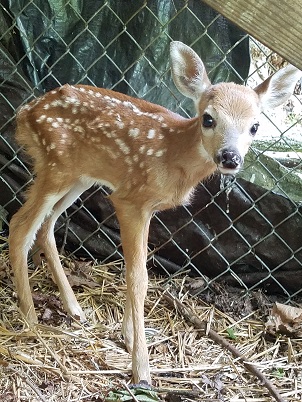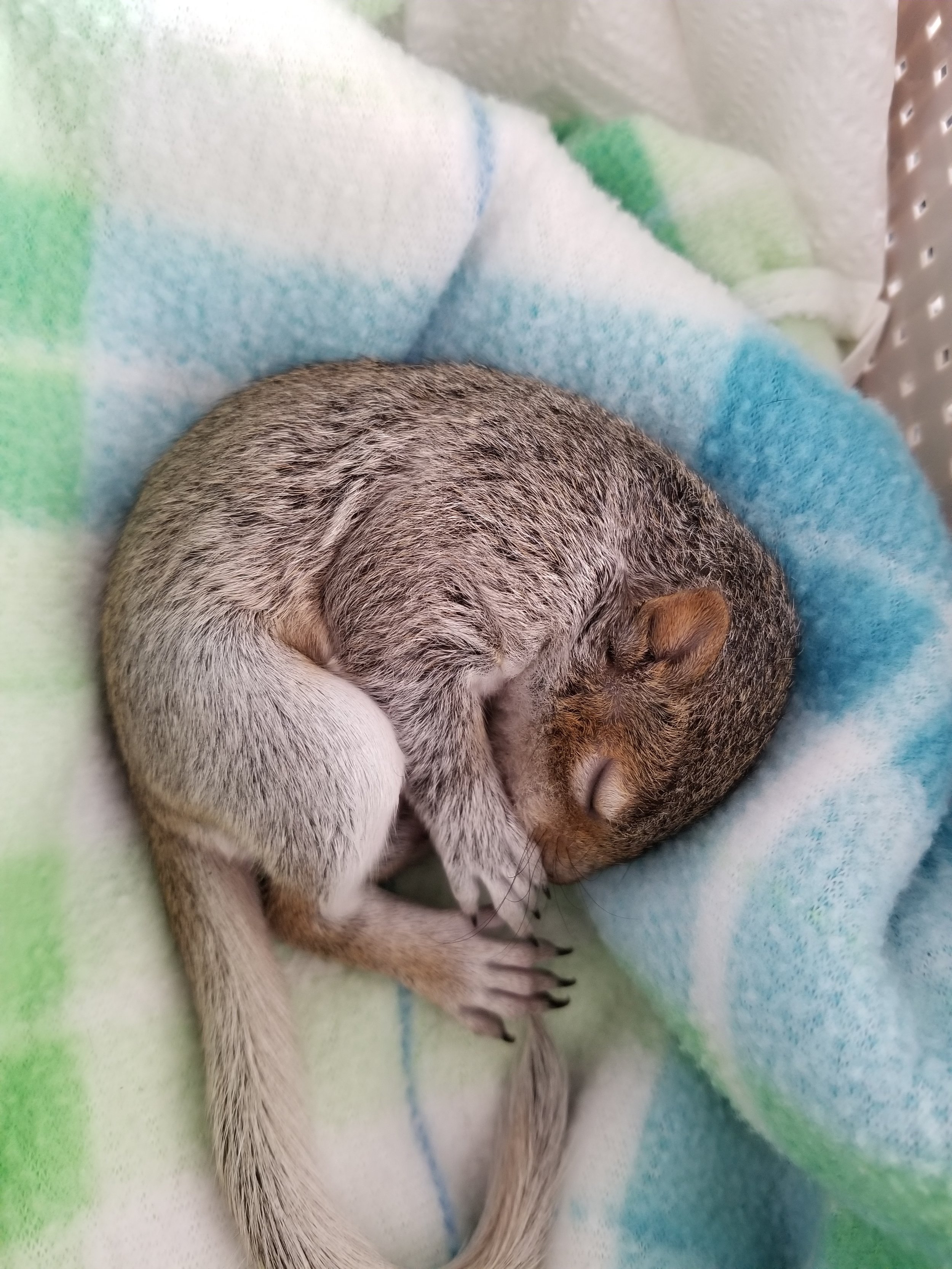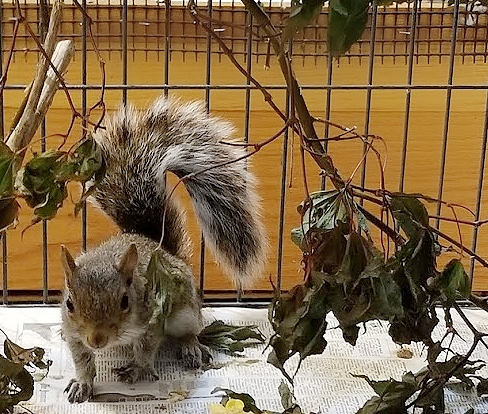In May and June, fawns are born. At that time, people often encounter baby fawns all on their own, seemingly abandoned (in their flower bed, under a tree, or on a hiking trail). This is normal. The mother deer did not abandon her offspring. Mother deer often have twins and separate them. She will "park" each baby in a spot she chooses and encourage it to stay there. Then, she'll leave for most of the day. The theory is that the babies are safer alone. A mother’s size and odor might attract predators.
The baby is conditioned to stay very still, with its white spots providing camouflage. So, if you see a baby deer alone - even a brand new, tiny newborn - let it be. Keep children and pets away. Mom will return to feed the baby at regular intervals. She may move him tomorrow, or she may keep him there.
However, if a baby deer is crying inconsolably, has feces around its rectum, or flies around it, it needs help. Call us (267) 416-9453.































